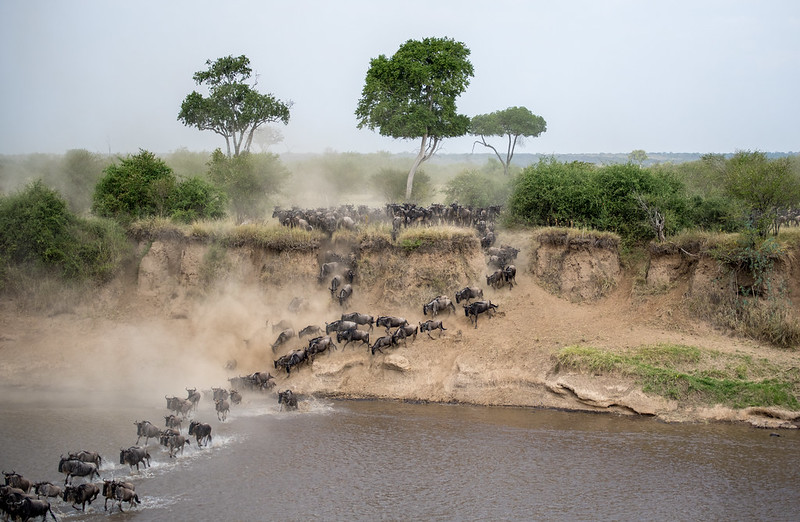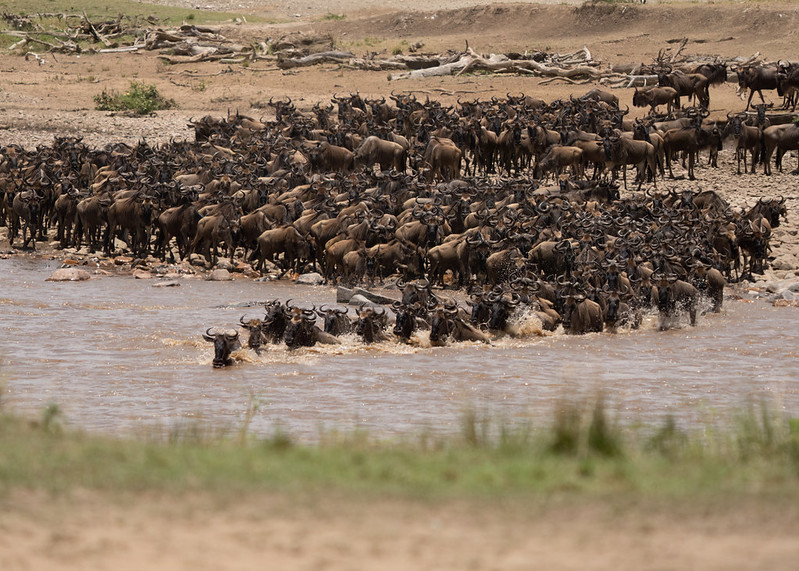Exploring Ngorongoro Conservation Area
Exploring Ngorongoro Conservation Area.
Ngorongoro Conservation Area is a protected UNESCO world Heritage Site in the crater highlands area of Tanzania. Ngorongoro is located 180km west of Arusha. Ngorongoro derives its name from the Ngorongoro crater found in the area. Ngorongoro, established in 1959, covers a total area of 8,292 square kilometers. Ngorongoro is part of the Serengeti ecosystem, and adjoins Serengeti national park to the northwest, with the Serengeti plains in the south. The eastern boundaries of the Ngorongoro are defined by the rim of the East African Rift Valley wall.
Ngorongoro is one of the biggest protected areas in Tanzania that attracts a big number of tourists annually. The wildlife, great landscape, birdlife and the various calderas all attract tourists to explore this place that is gifted by nature. The Ngorongoro crater is what attracts tourists the most to the Ngorongoro conservation Area.
Attractions in Ngorongoro Conservation Area.
There are a number of attractions in Ngorongoro Conservation Area that have travelers visiting the area in great numbers every single year. Below are the attractions in Ngorongoro.
Ngorongoro Crater.
Ngorongoro crater is the largest inactive, intact and unfilled volcanic caldera in the world 610 meters deep with about 265 square kilometers of a bowl, and one of the most famous areas to have a high density of wildlife. Ngorongoro crater rewards travelers with some really amazing views. Ngorongoro crater has soda lakes like lake Magadi which attract more bird species like flamingos and other water birds. Picnics can be made here giving you a sight to marvel at.
Craters.
A part from Ngorongoro crater, there are either craters in Ngorongoro that travelers visit in addition to the main one. Olmoti caldera and Empakai caldera are the other volcanic craters that attract tourists to visit Ngorongoro with the former being famous the wonderful waterfalls and the latter famous forholding a deep lake with lush and green walls.
Olduvai Gorge.
The Olduvai Gorge is a historically prominent archaeological site in East Africa where the first skull of Zinjathropus was found. This historical bit of the Olduvai Gorge has a number of travelers visiting Ngorongoro just to see the old skull and learn of the evolution of man.
Shifting Sand.
Shifting sand is a mysterious occurrence where sand dunes shift from one area to another while maintaining the shape of the dune. This shifting sand is historically believed to have come from the active volcanic mountain of Oldonyo Lengai where for a year the sand dunes move for about 10meters to a different place.
Wildlife.
Wildlife in Ngorongoro is very diverse with a very high number of wildlife species roaming the area including wildebeests, zebras, wild dogs, cheetahs, and reedbucks, gazelles, spotted hyenas, hippos, elands, blue monkeys, among so many others. Most tourists visit Ngorongoro Conservation Area to enjoy game viewing.
Big five.
The big five can be spotted in Ngorongoro, one of the few Tanzania national parks from where tourists can see all of them in one place. The big five include lions, elephants, leopards, buffaloes and the rhinos. The black rhinos in Ngorongoro Conservation Area are quite unique that many tourists who go on game drives look out for them. Ngorongoro crater has the densest lion population. The Ndutu lake area in the west of the Conservation area has high populations of cheetahs and lions, as well as hartebeests and jackals. Serval cats are widely seen all over Ngorongoro.
Birdlife in Ngorongoro.
There are a variety of bird species in Ngorongoro that birders can see while on a bird watching activity. Some of the bird species include yellow wagtails, saddle billed storks, ostriches, Kori bustards, lesser flamingos among so many others.


